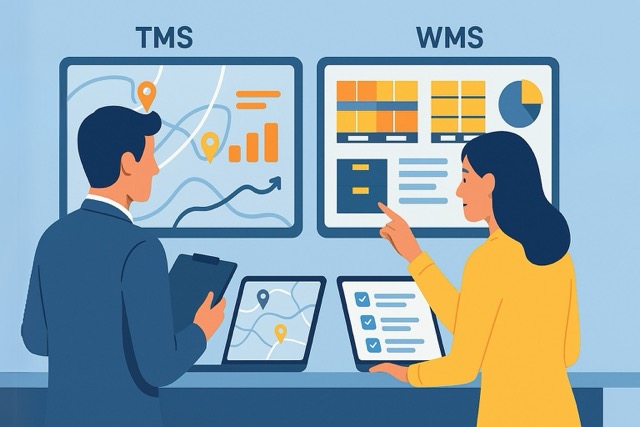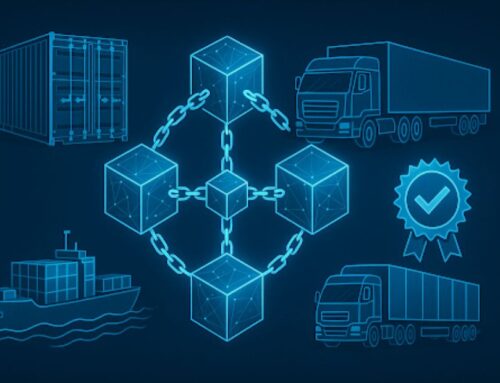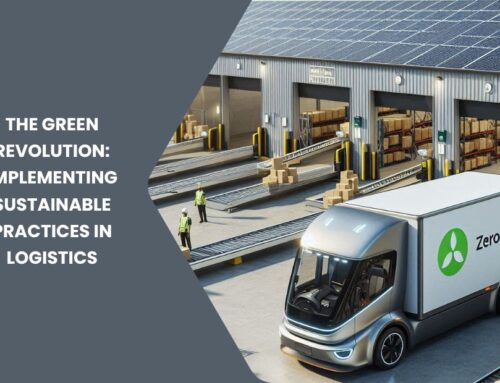If you’re leading a logistics operation today, you’re likely juggling more complexity than ever—multiple carriers, shifting consumer expectations, fragmented warehouse processes, and a never-ending push for faster, cheaper delivery. Relying on legacy systems or manual coordination just won’t cut it anymore. That’s where next-gen Transportation Management Systems (TMS) and Warehouse Management Systems (WMS) come in. These aren’t just upgrades—they’re intelligent, integrated tools designed to make your entire operation more responsive, efficient, and scalable. In this article, you’ll explore how these smarter platforms help you solve real-world logistics challenges and position your business for sustainable growth.
The Evolution of TMS and WMS
You’ve probably used a traditional TMS to manage shipment routing or cost comparisons, and a WMS to track bin locations or inventory movements. But the systems built ten or even five years ago weren’t designed to handle the volume, speed, and visibility demands you’re facing now. Modern TMS and WMS platforms go well beyond basic task automation. They use artificial intelligence, real-time tracking, cloud-native infrastructure, and machine learning to help you optimize every decision—from how you source freight to how you position inventory across your network.
The key evolution isn’t just technical—it’s strategic. These platforms are no longer isolated tools. They work together to give you full visibility across the supply chain and enable decision-making at the pace of your business, not the pace of your software.
What Modern TMS Platforms Help You Do
A next-gen TMS gives you much more than shipment status updates. You can analyze carrier performance, reroute in-transit freight based on disruptions, and model delivery windows based on real-time traffic or warehouse capacity. You’re not planning static routes anymore—you’re running a live operation with constantly shifting variables.
These systems also give you leverage when managing costs. Instead of relying on a fixed carrier matrix, you can dynamically rate shop, optimize mode selection, and uncover savings you’d miss with manual planning. Integrations with order and inventory systems also mean fewer fulfillment errors and better alignment with customer expectations.
How WMS Has Become a Digital Brain for Your Warehouse
Your WMS has always been the heart of your warehouse, but now it’s evolving into a much smarter brain. Next-gen WMS platforms use real-time inventory data, task automation, and intelligent slotting to keep goods flowing efficiently. You can track SKUs down to the second, direct pick paths with AI-generated logic, and dynamically reassign labor as order volumes change throughout the day.
A modern WMS also plays a bigger role in upstream planning. By integrating with your sales, procurement, and demand planning tools, it helps you avoid overstock, identify fast-moving inventory, and even prioritize order fulfillment based on profitability or customer status. It’s not just about knowing where your stock is—it’s about knowing what to do with it.
Why Integration Between TMS and WMS Is the Game Changer
It’s one thing to have a good TMS or WMS, but when you integrate them, you unlock an entirely new level of control. The moment an order drops, your WMS can start preparing the pick plan while your TMS identifies the best shipping option—all based on real-time capacity, cost, and customer commitment. You’re coordinating fulfillment and transportation as a single process, not two siloed functions.
This kind of integration cuts down on wasted time and misalignment. It ensures that what you promise to the customer is actually what you can deliver, when and how they expect it. That’s especially critical if you’re operating in omnichannel environments, managing multiple DCs, or balancing DTC and B2B fulfillment from the same nodes.
Practical Use Cases That Drive ROI
If you’re wondering where these systems pay off first, look at your pain points. High shipping costs? A next-gen TMS can reduce them by modeling smarter route plans and optimizing consolidation. Labor inefficiencies in your warehouse? A modern WMS gives you real-time visibility to redeploy pickers, reduce dwell times, and improve space utilization.
Many companies also see fast returns in customer satisfaction. With better inventory accuracy and tighter coordination with carriers, you reduce errors, missed SLAs, and “where’s my order” tickets. And because these systems give you historical data and predictive analytics, you’re not just solving problems—you’re anticipating them before they show up.
Rolling Out Next-Gen Logistics Systems Without Disruption
You don’t need to rip out your entire tech stack to start modernizing. Many next-gen TMS and WMS providers offer modular rollouts, allowing you to start with the highest-impact areas—like outbound shipping, receiving, or cross-docking—and expand as you go. Focus on one node or region first, gather feedback from your frontline users, and refine your implementation before scaling it.
Also, prioritize integrations early. Your TMS and WMS should sync with ERP, OMS, and customer portals. You don’t want disconnected data ruining the user experience. And don’t overlook change management—equip your team with training and set clear performance KPIs so that adoption sticks and the benefits are measurable.
What Makes TMS and WMS Next-Gen?
- Real-time visibility across fulfillment and transportation
- AI-powered planning and routing
- Cloud-native access from anywhere
- Seamless integration with ERP and CRM systems
- Scalable features tailored to complex logistics
In Conclusion
Modern logistics doesn’t give you the luxury of time, and next-gen TMS and WMS systems are built for that reality. They give you smarter routing, real-time coordination, and sharper visibility across your warehouse and transportation workflows. Whether you’re navigating last-mile chaos, multi-node fulfillment, or rising carrier costs, these platforms give you the control and confidence to execute faster, better, and with less risk. By investing in smarter systems today, you position your entire supply chain to be leaner, more responsive, and more competitive tomorrow.









